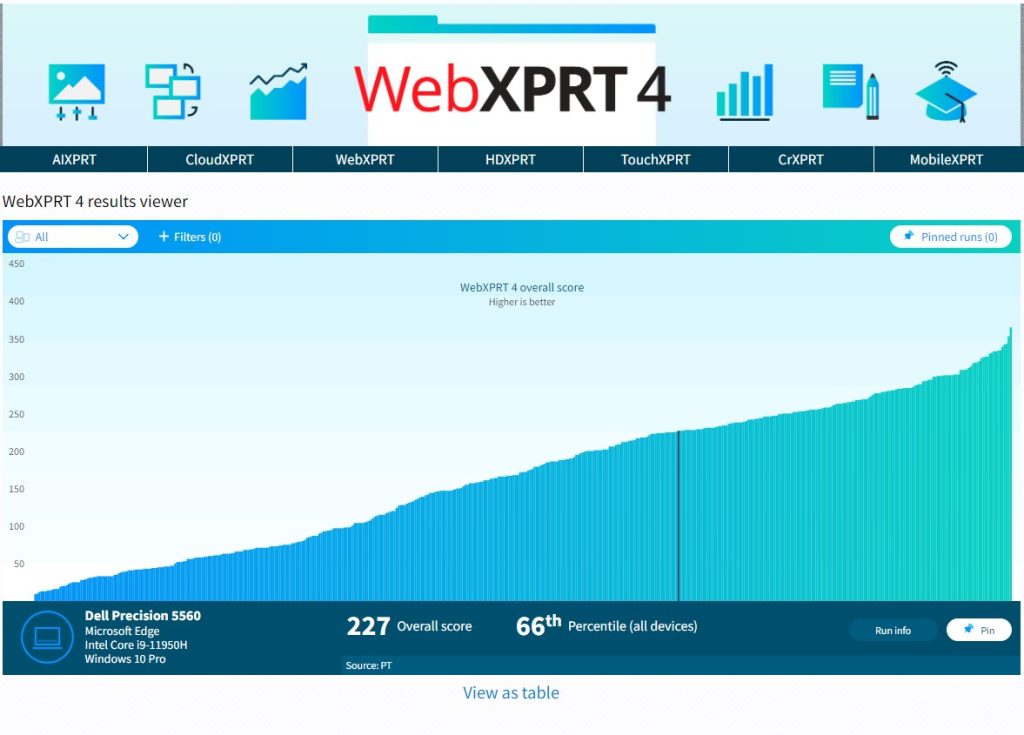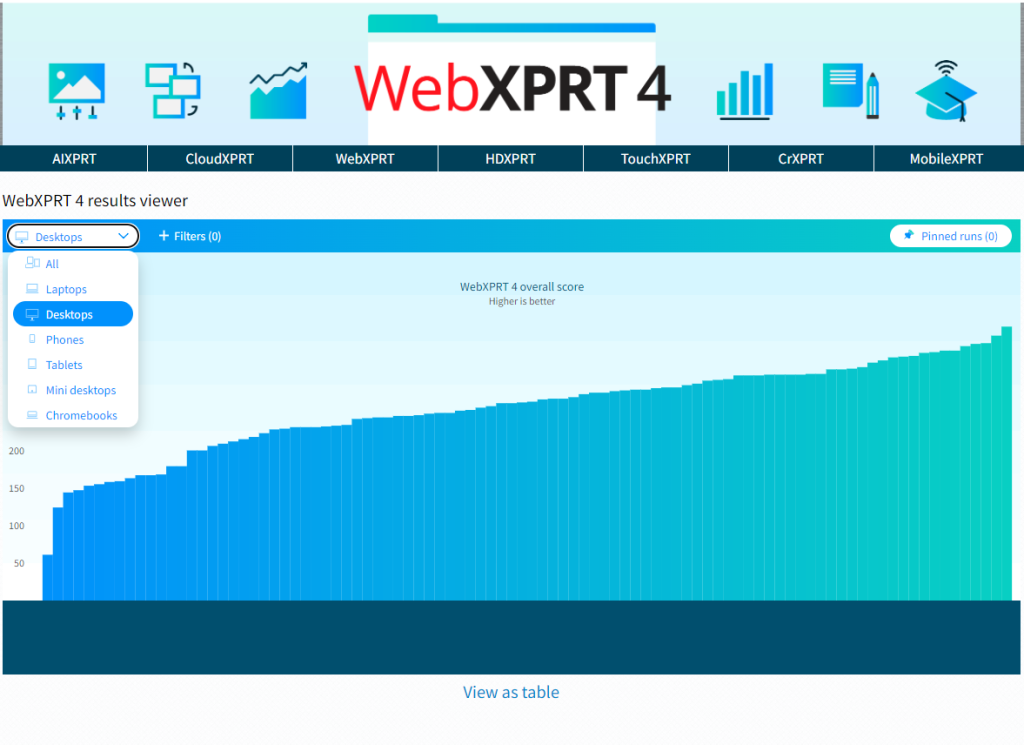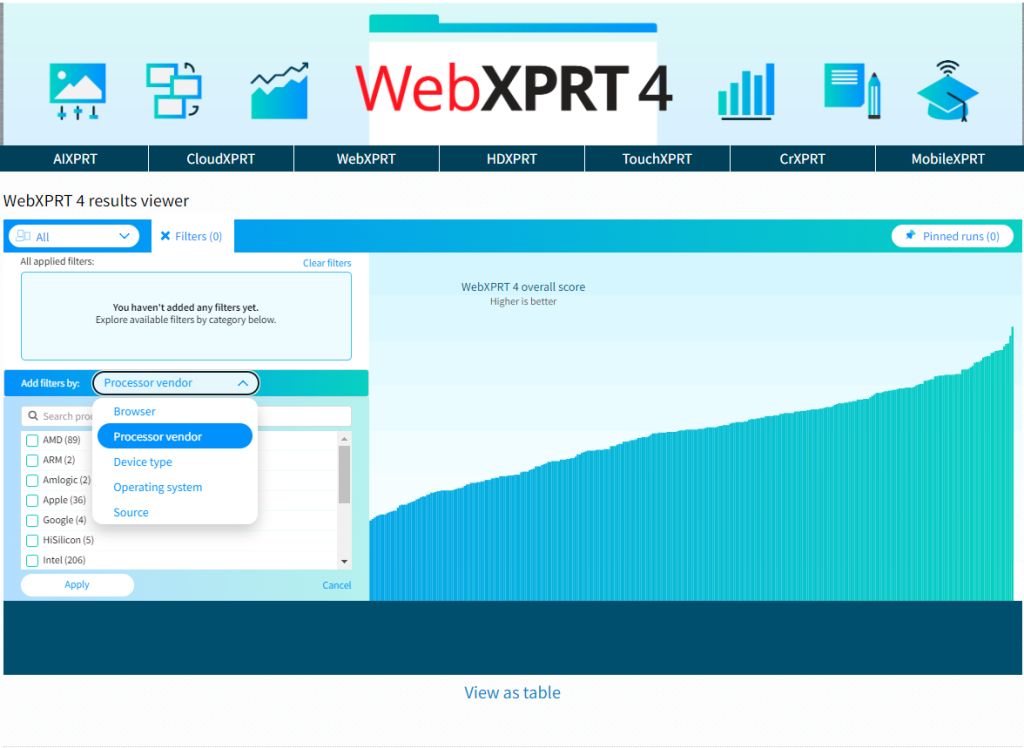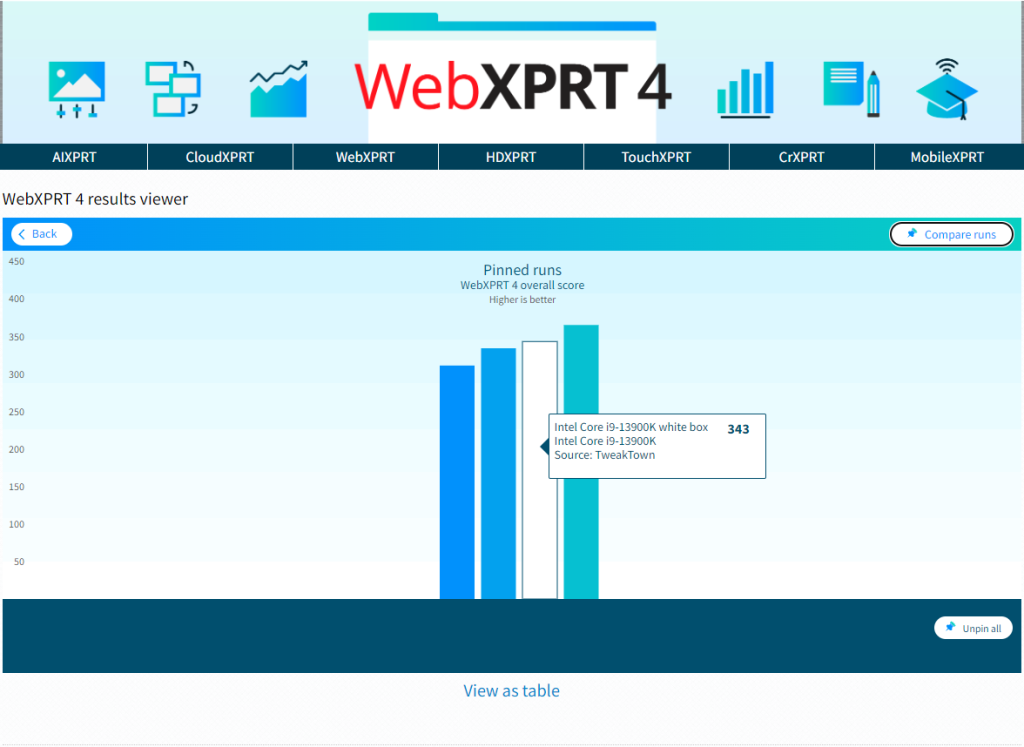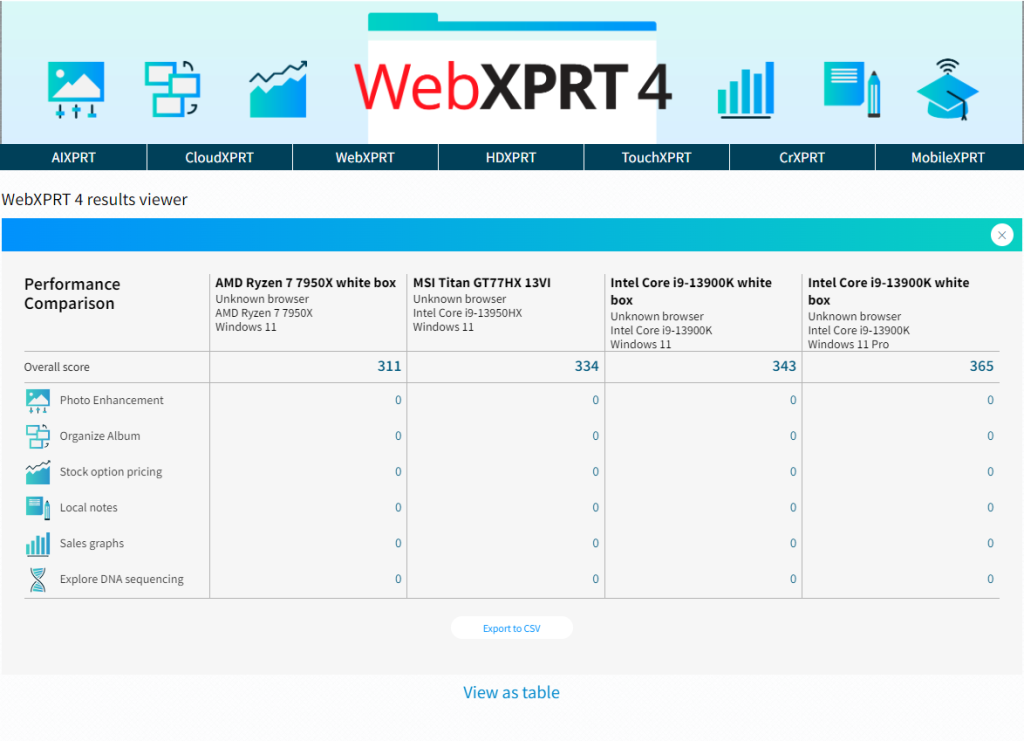Yesterday, Apple revealed the iPhone 15 and iPhone 15 Pro at its annual fall event, along with a new version of the iOS mobile operating system (iOS 17). The official iOS 17 launch will take place on September 18th, but before then, users of newer iPhones can install the OS via the Apple Beta Software Program.
Today, a tech journalist informed us that during their testing of iPhone 15 and iPhone 15 Pro with iOS 17 Beta models, WebXPRT 4 has been freezing while running the Encrypt Notes and OCR Scan workload in the Safari 17 browser. Here in the lab, we were able to immediately replicate the issue on an iPhone 12 Pro with iOS 17 Beta model.
Our initial troubleshooting confirmed that WebXPRT 3 successfully runs to completion on iOS 17 Beta, so it appears that the problem is specific to WebXPRT 4. We also confirmed that WebXPRT 4 freezes at the same place when running in the Google Chrome browser on iOS 17 Beta, so we know that the problem does not occur only in Safari.
We’re currently investigating the issue, and will publish our findings here in the blog as soon as we feel confident that we’ve identified both the root cause and a workable solution, if a solution is necessary. One reason a solution would not be necessary is that the issue is a bug on the iOS 17 Beta side that Apple will resolve before the official launch.
We apologize for any inconvenience this issue might cause for tech reviewers and iPhone users, and we appreciate your patience while we figure out what’s going on. If you have any questions about WebXPRT 4, please don’t hesitate to ask!
Justin


